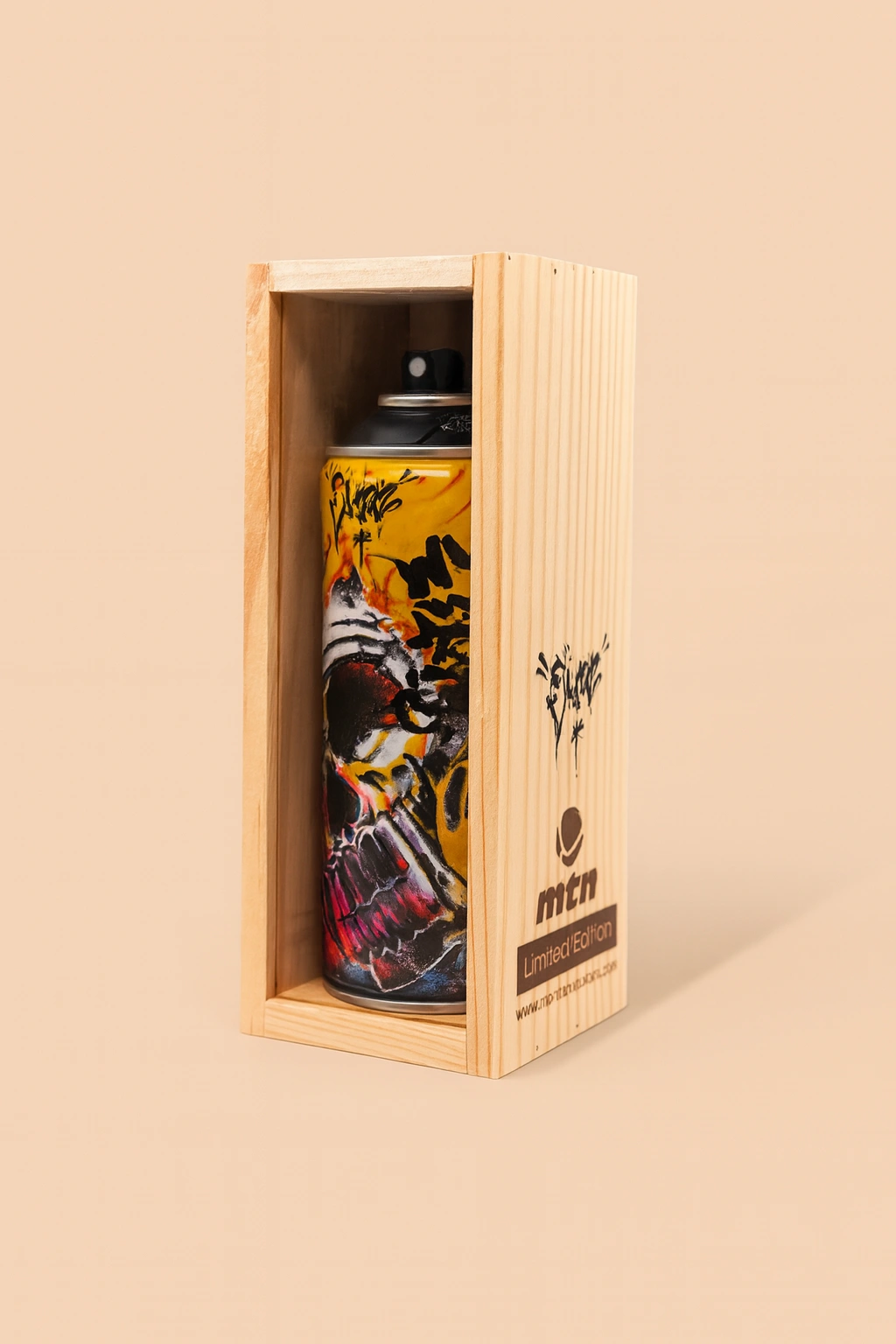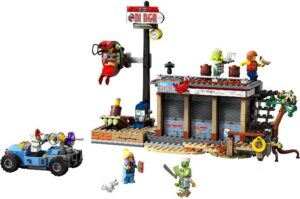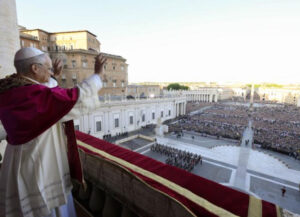Art has long served as a means of challenging perceptions, evoking emotion, and prompting intellectual discourse. Italian artist Alberto Brusa exemplifies this approach through his work, particularly in his installation piece titled “BLUFF.”
With a background in mixed media and installation art, Brusa has developed a signature style that merges linguistic elements with visual aesthetics. His artistic philosophy revolves around the interplay between words and images, as seen in his acclaimed “Sillabart Series,” where he deconstructs and reconstructs words into syllabic compositions, encouraging viewers to engage both intellectually and emotionally.
What is “BLUFF”? The Artistic Breakdown
“BLUFF” is more than just a visual installation; it is a linguistic puzzle and a conceptual statement. Crafted from plaster, varnish, and wood, this piece measures 26.8 inches x 26.8 inches x 4.5 inches, making it a substantial, three-dimensional exploration of form and meaning.
The Material Composition of “BLUFF”
Plaster & Varnish: These elements lend the piece a refined, yet textured aesthetic, enhancing its tactile engagement. Plaster provides a sculptural solidity, while varnish adds a polished finish that interacts with light in compelling ways.
Wood Framework: The use of wood as a structural foundation imbues the work with organic warmth, juxtaposing the cold rigidity of plaster with the natural imperfection of wood grain.
This interplay of materials, textures, and reflective surfaces adds layers of meaning to the work, encouraging both visual and physical interaction.
Interpreting “BLUFF”: Art as Wordplay
The title “BLUFF” is inherently multilayered, playing on themes of deception, perception, and linguistic duality. Given Brusa’s fascination with language, it’s likely that the word is intended to function on several levels:
The Concept of Bluffing: The most immediate interpretation relates to the act of bluffing—a deception or misdirection, often associated with gambling or strategy. This suggests that the work itself is playing a trick on the viewer, prompting questions about authenticity, expectation, and illusion in art.
The Physical “Bluff” as a Landform: In geographical terms, a bluff is a steep cliff or high bank, evoking a sense of grandeur, risk, and instability. The piece may allude to precariousness in interpretation, pushing viewers toward a metaphorical edge where certainty dissolves into speculation.
Reference to Boldness: Colloquially, “bluff” can also mean confident or assertive behavior, often masking uncertainty. This aligns with the idea of art as a medium of projection, where meaning is fluid and dependent on the observer’s perspective, biases, and engagement.
Brusa’s intentional use of ambiguous language challenges viewers to question their assumptions, positioning art as a dialogue rather than a statement.
The Role of Language in Brusa’s Work
Alberto Brusa’s artistic approach is deeply rooted in language and semiotics. He often manipulates words, deconstructing and reconfiguring them to create dual meanings or unexpected associations.
The “Sillabart Series”: A Predecessor to “BLUFF”
One of Brusa’s most well-known projects, the “Sillabart Series,” exemplifies his method of breaking words into syllables, reshaping them into visual compositions that invite deeper contemplation. This method transforms familiar words into fragmented, almost sculptural forms, compelling viewers to decode and reconstruct their meanings.
By applying similar principles to “BLUFF,” Brusa prompts the audience to explore how language can simultaneously clarify and obscure meaning.
The Relationship Between Word and Image
Brusa’s work underscores the idea that words are not just communicative tools but also visual forms. In “BLUFF,” the letters themselves may be fragmented, distorted, or layered in ways that alter their readability, reinforcing the notion that meaning is never fixed but rather subjective and mutable.
This perspective aligns with contemporary conceptual art movements that emphasize language as a medium of artistic expression, akin to the works of artists like Joseph Kosuth, Barbara Kruger, and Ed Ruscha.
The Market and Appeal of “BLUFF”
Brusa’s Reputation – As a conceptual artist who has gained recognition for his linguistic and visual interplay.
Uniqueness – As a singular piece rather than a mass-produced work.
Collector Appeal – Buyers interested in word-based, thought-provoking installations that align with modern and postmodern artistic trends.
Who is “BLUFF” For?
Collectors of Conceptual Art – Those who appreciate works that challenge perception and language.
Institutions & Galleries – Spaces that focus on linguistic semiotics, contemporary philosophy, and abstract thinking.
Interior Designers & Architects – Seeking statement pieces that provoke conversation.
Given the growing interest in conceptual and text-based art, Brusa’s “BLUFF” has the potential to appreciate in value as his work gains further recognition.
Brusa’s Place in Contemporary Art
Alberto Brusa’s artistic approach aligns with contemporary conceptualists who merge text, form, and interpretation. However, his distinctive emphasis on wordplay and visual deconstruction sets him apart.
Comparisons to Influential Artists
Joseph Kosuth – Known for exploring language and meaning through text-based installations.
Barbara Kruger – Famous for bold typographic statements that challenge societal norms.
Ed Ruscha – Recognized for his play with words in visual landscapes.
Brusa’s work sits at the intersection of these influences, yet maintains a personal and distinctive voice through its syllabic deconstruction and physical manipulation of words.
The Future of Word-Based Conceptual Art
As language-driven contemporary art continues to gain traction, artists like Brusa are pushing new boundaries in how words function within artistic spaces. “BLUFF” is an excellent example of this evolving conversation between form, text, and viewer interpretation.
Impression
Alberto Brusa’s “BLUFF” is more than an installation—it is a thought experiment, a linguistic challenge, and a testament to the power of conceptual art. By blending textual ambiguity, material experimentation, and interpretative flexibility, Brusa crafts an experience that evolves based on the observer’s engagement.
Whether viewed as a commentary on deception, an abstract study of form, or a meditation on the instability of meaning, “BLUFF” stands as a compelling contribution to the contemporary art landscape.
For those interested in art that challenges, inspires, and redefines traditional boundaries, Brusa’s work is an invitation to see, think, and question more deeply.
No comments yet.








